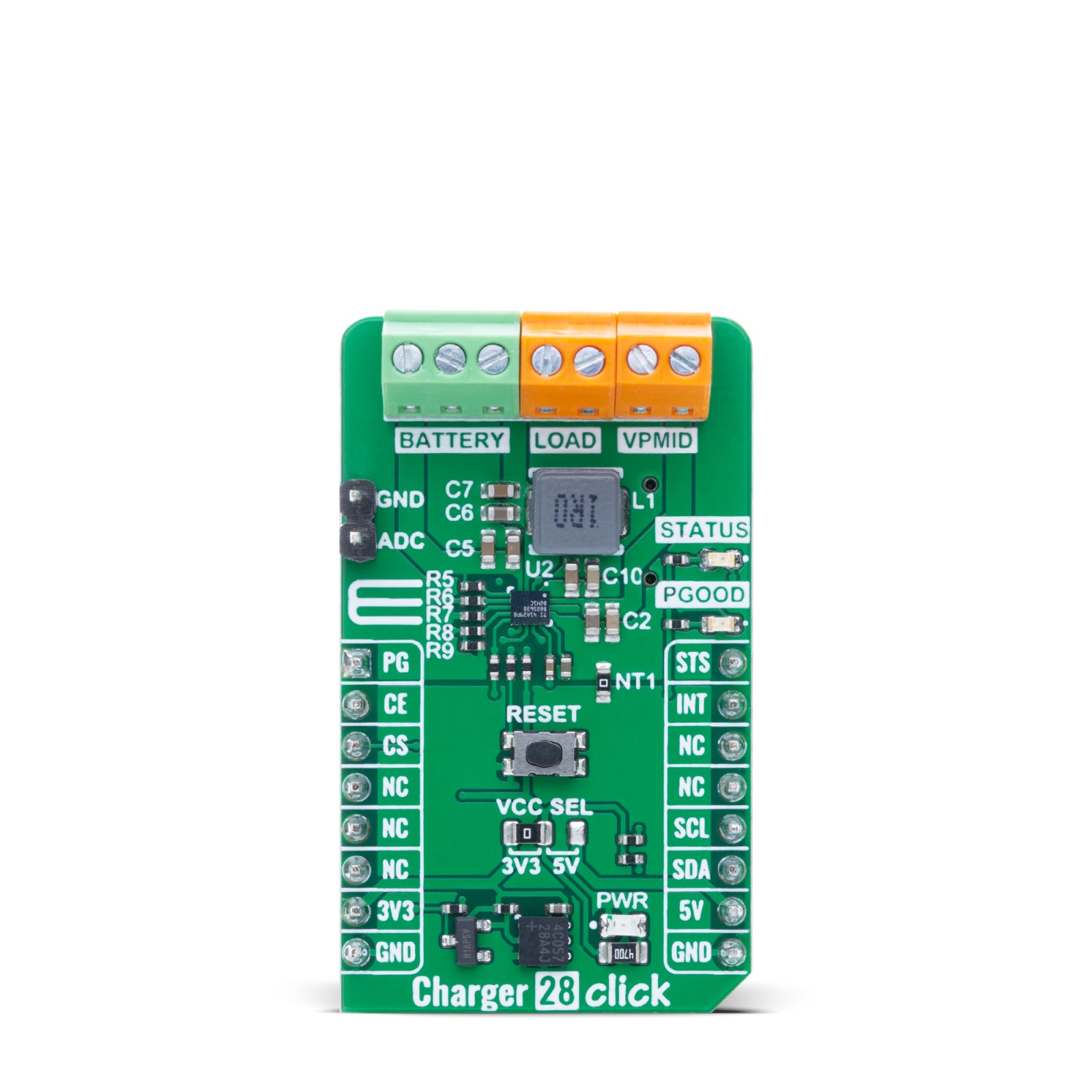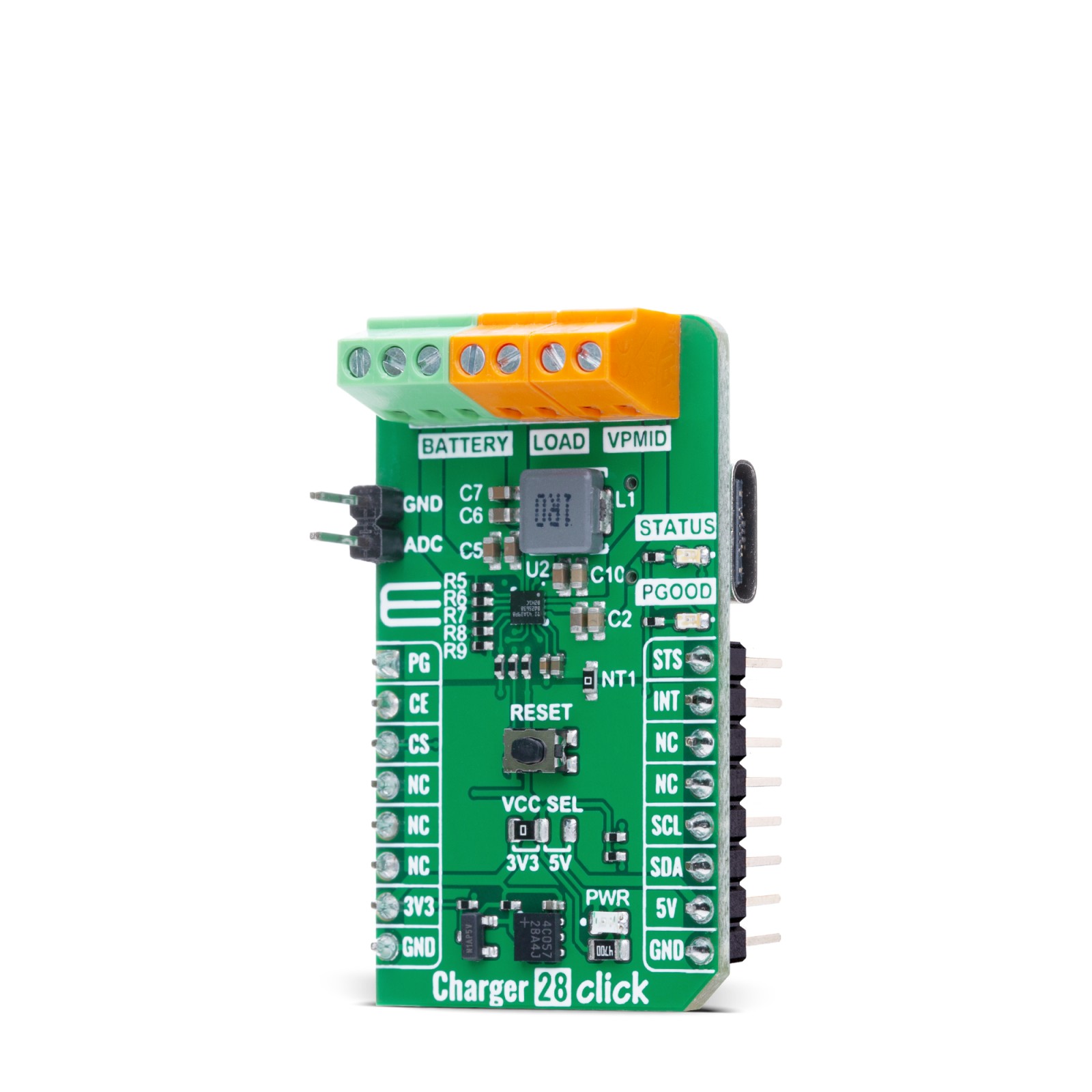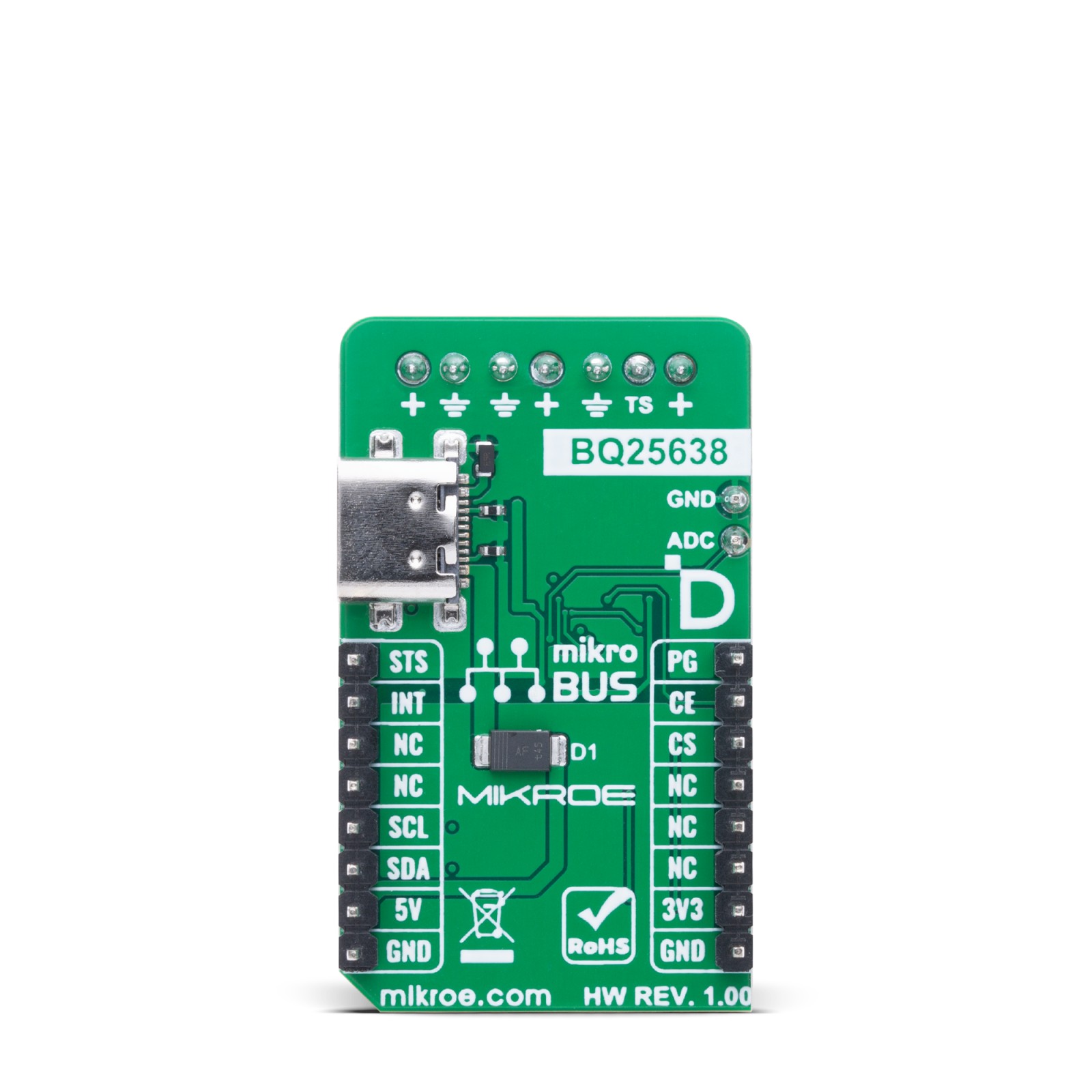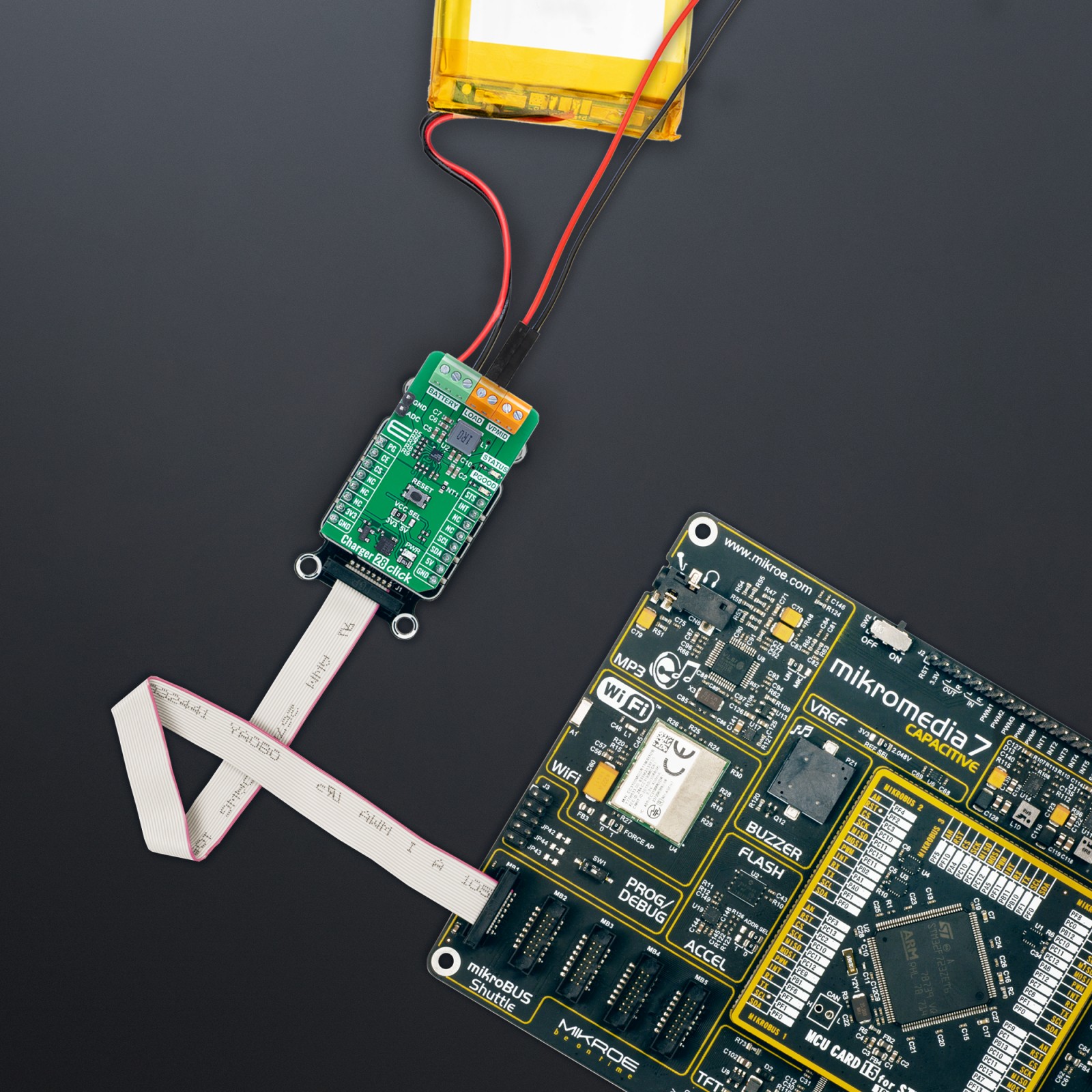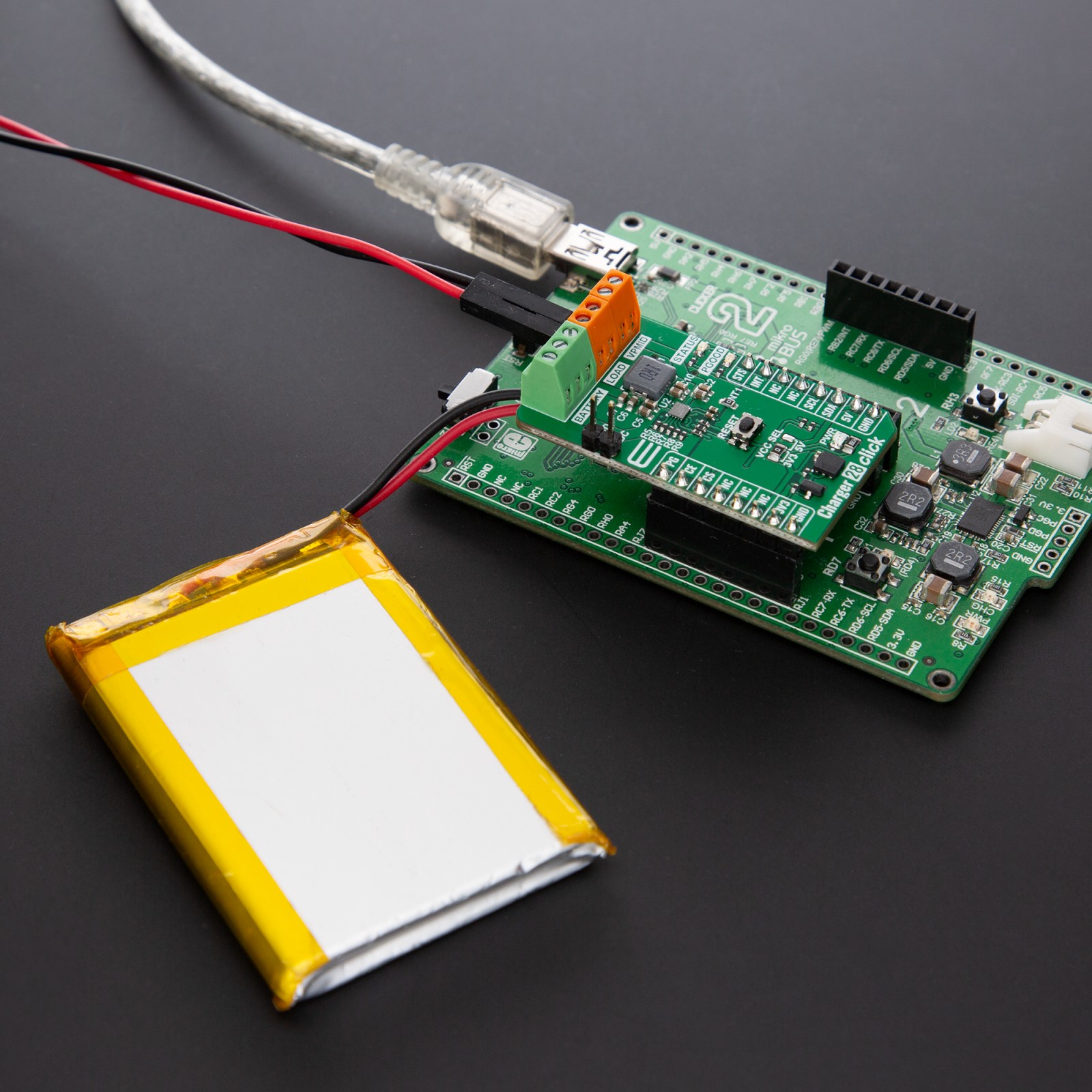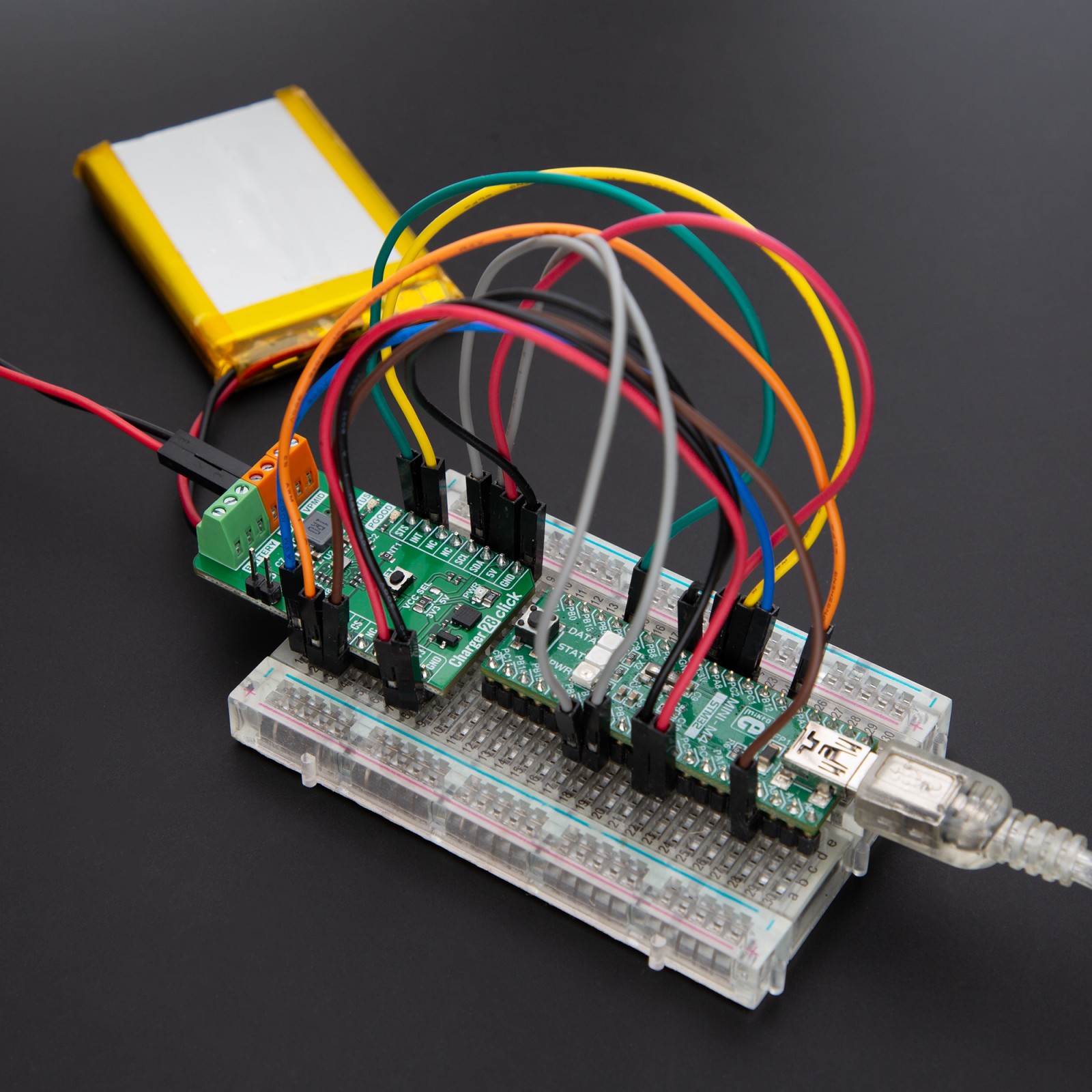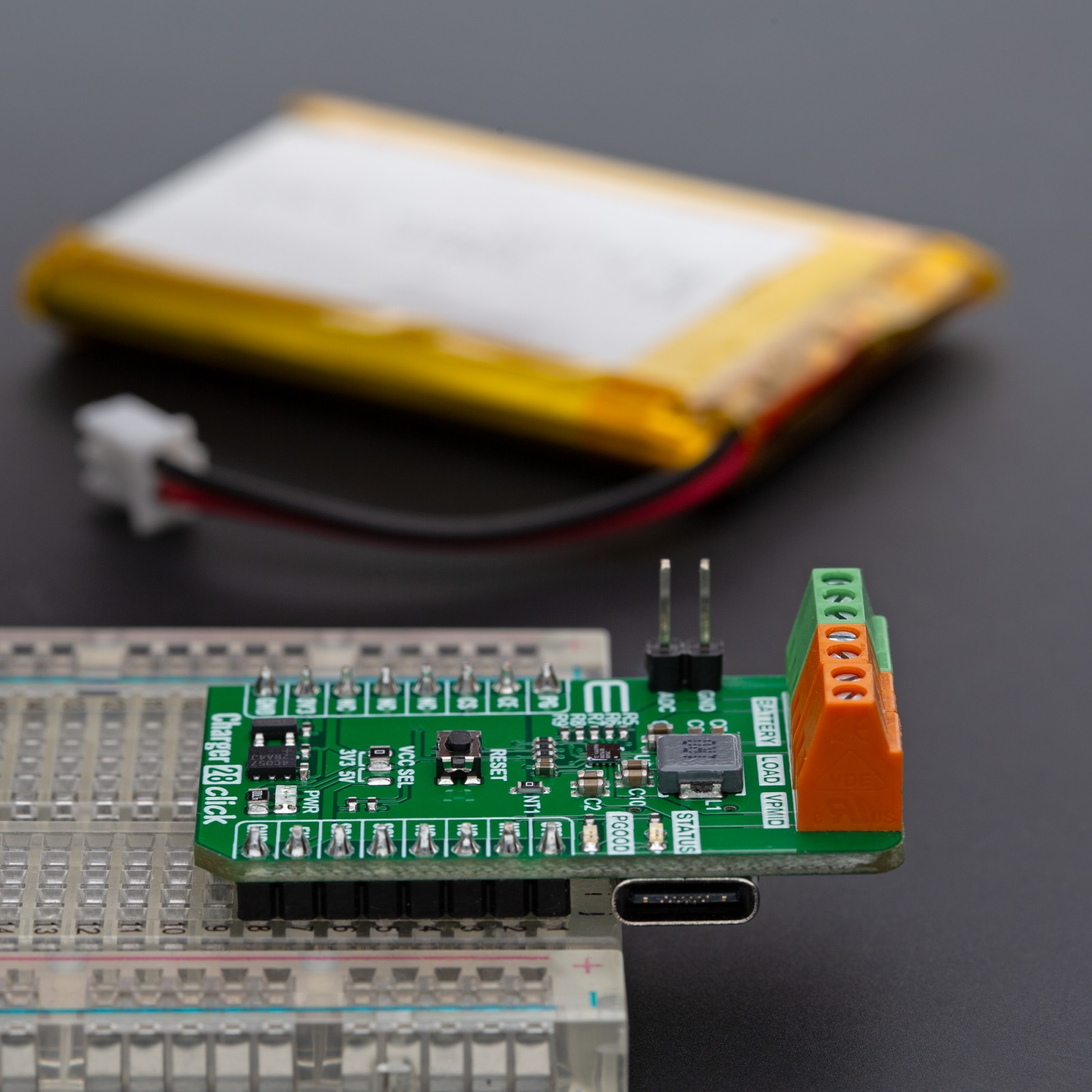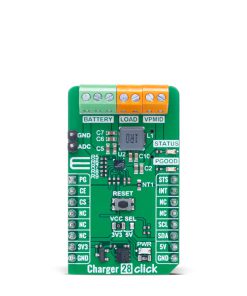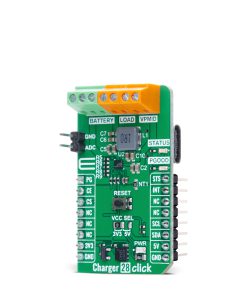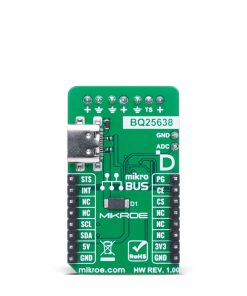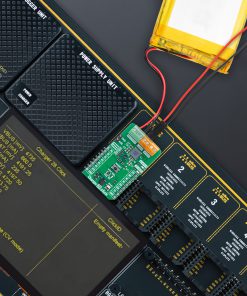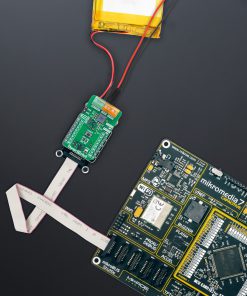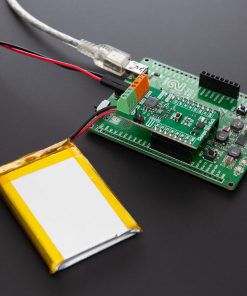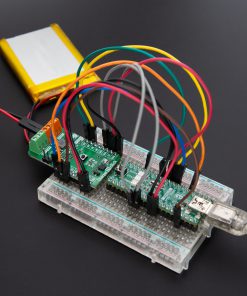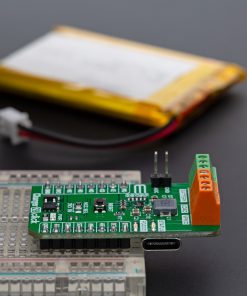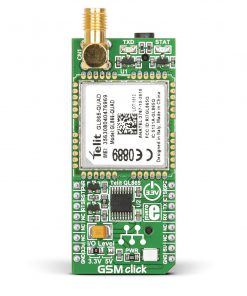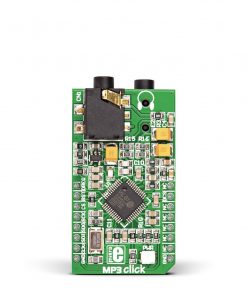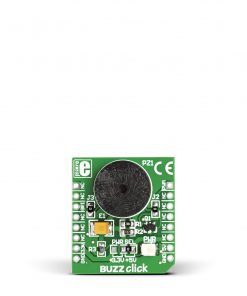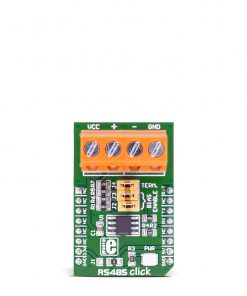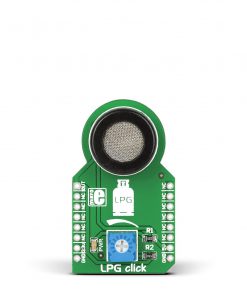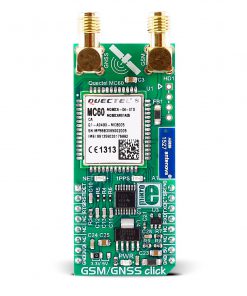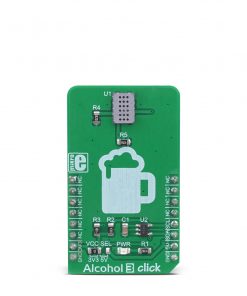Charger 28 Click is a compact add-on board designed for safe, fast, and efficient charging of single-cell Li-Ion and Li-Polymer batteries. This board features the BQ25638, a 5A switch-mode battery charger from Texas Instruments, featuring NVDC power path management and advanced input optimization. It supports USB Type-C input, includes a battery connector with thermistor support, offers a dedicated load output, and features I2C communication with additional status and monitoring signals. It also provides comprehensive safety protections such as thermal regulation, overvoltage, and overcurrent protection, while supporting OTG functionality for reverse boost operation. This Click board™ is ideal for powering and charging solutions in gaming peripherals, computer accessories, and other portable electronic applications where reliable battery management and system stability are critical.
Charger 28 Click is fully compatible with the mikroBUS™ socket and can be used on any host system supporting the mikroBUS™ standard. It comes with the mikroSDK open-source libraries, offering unparalleled flexibility for evaluation and customization. What sets this Click board™ apart is the groundbreaking ClickID feature, enabling your host system to seamlessly and automatically detect and identify this add-on board.
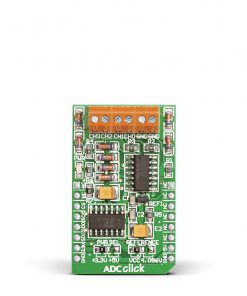 ADC Click
1 ×
ADC Click
1 × 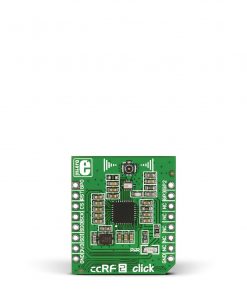 ccRF2 Click
3 ×
ccRF2 Click
3 × 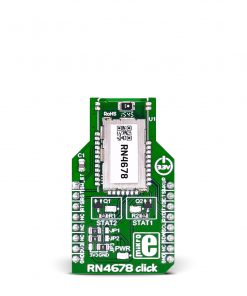 RN4678 Click
1 ×
RN4678 Click
1 × 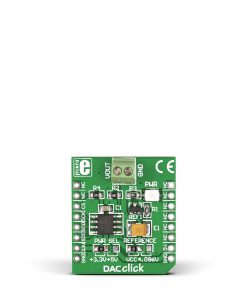 DAC Click
2 ×
DAC Click
2 × 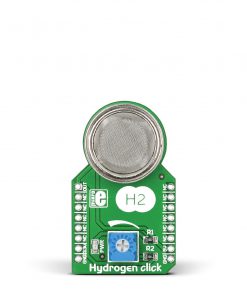 HYDROGEN Click
1 ×
HYDROGEN Click
1 × 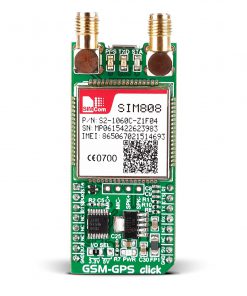 GSM-GPS Click
1 ×
GSM-GPS Click
1 × 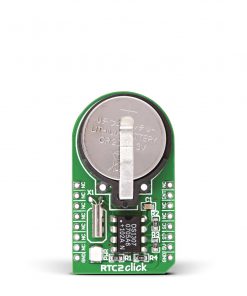 RTC 2 Click
1 ×
RTC 2 Click
1 × 
